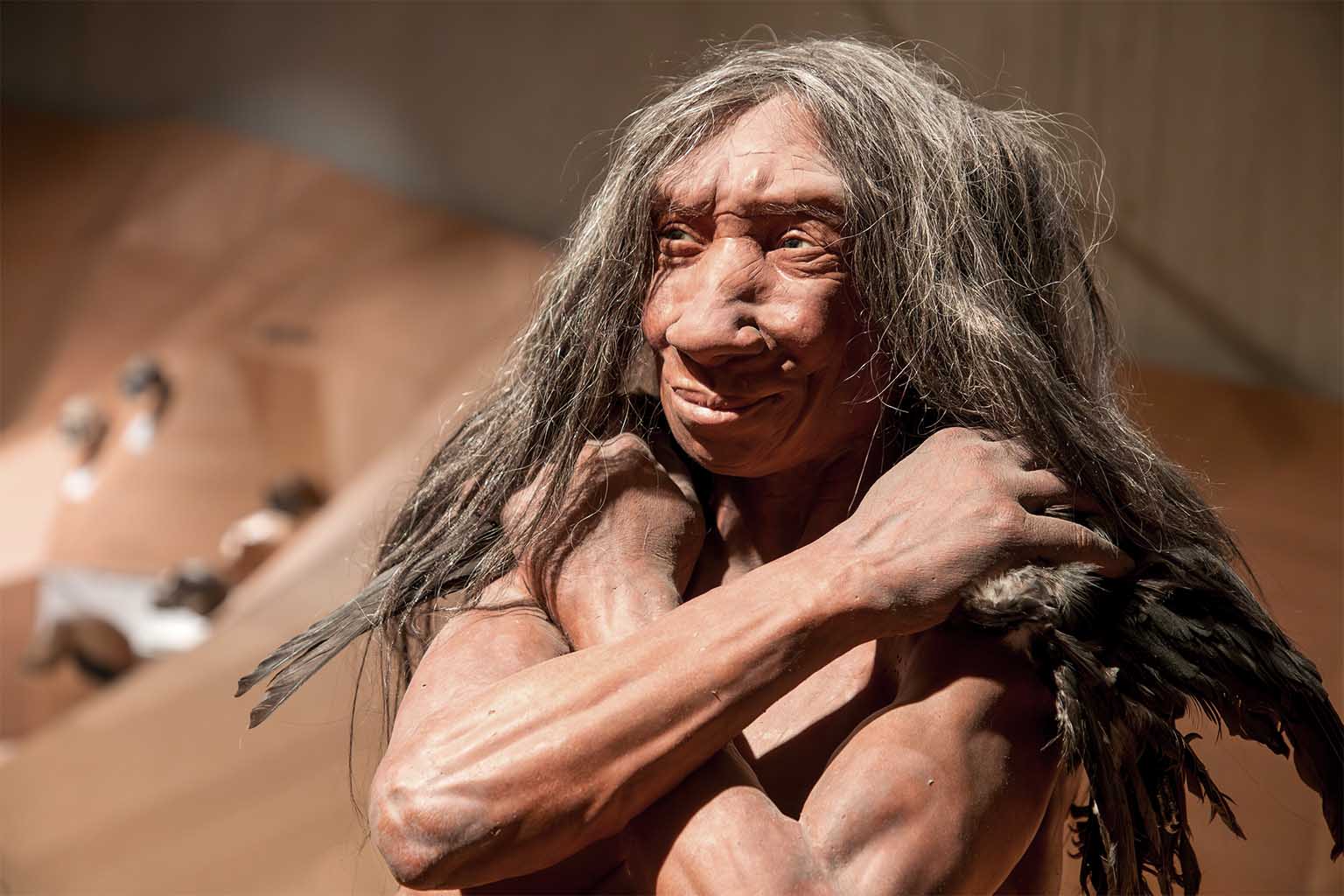A tiny genetic difference might explain why humans thrived while Neanderthals vanished. Could a single gene have given our ancestors the edge they needed to survive ? New research suggests the answer may lie deep in our DNA.
Recent studies on the ADSL gene—an enzyme vital for purine metabolism—are shedding light on what set early humans apart from Neanderthals. Published in the Proceedings of the National Academy of Sciences (PNAS), the research explores how this small genetic variation may have provided evolutionary advantages, particularly in cognition and adaptability.
The importance of ADSL in human evolutionSteve Jobs’ one guiding belief that made every Apple product exceptionalNASA captures stunning swirling dark vortices over remote heard island
Though the differences between humans and Neanderthals may seem tiny, the ADSL gene plays a crucial role in DNA synthesis and cellular energy production. Researchers discovered that humans carry a unique variant of ADSL, distinct from Neanderthals and other hominids, with subtle yet meaningful impacts on behavior and cognitive function.
This variant likely enhanced abilities essential for survival : problem-solving, social interaction, and resource management. While the difference might appear minor at the amino acid level, its influence on adaptability and intelligence could have been decisive, tipping the scales in favor of Homo sapiens during periods of ecological and social stress.
Mouse experiments reveal cognitive effects
To test the human-specific ADSL gene, scientists introduced it into mice. The results were striking : female mice carrying the human version outperformed those with the Neanderthal variant in learning and memory tasks. This suggests the human ADSL gene could confer neurocognitive advantages, particularly in situations requiring rapid adaptation or strategic thinking.
Of course, Xiangchun Ju, the study’s lead author, cautions against drawing direct parallels to humans: “It is too early to translate these results directly, as mouse neural circuits differ significantly from humans.” Yet, these experiments provide a fascinating glimpse into how a single gene might have shaped brain development and evolutionary success.
Why Neanderthals may have disappearedMassive gold discovery in India : geologists find 20 tons of hidden treasureAncient egyptian inscriptions may reveal the earliest written mention of Moses
The cognitive edge linked to the human ADSL variant may have been crucial for survival in the face of competition with Neanderthals. While genetically similar, Neanderthals faced environmental and social challenges that early humans may have navigated more effectively thanks to enhanced adaptability and problem-solving skills.
This genetic advantage could have helped Homo sapiens manage complex social structures, compete for scarce resources, and adjust to rapid environmental changes. The study highlights an important evolutionary lesson : survival isn’t just about physical traits—it’s also about the neural and cognitive tools that allow a species to thrive in a shifting world.
Looking deeper into extinction and adaptation
Nobel laureate Svante Pääbo, co-author of the study, noted, “A small number of enzymes were affected by evolutionary changes in modern human ancestors. ADSL is one of them.” This underscores the potential significance of even minor genetic variations in determining which species survive.
The human-specific ADSL gene may have influenced cognitive flexibility, social behavior, and adaptability—all traits that could have contributed to the Neanderthals’ extinction. It’s a compelling reminder that evolution often works in tiny increments, with small genetic tweaks producing profound consequences over time.
For me, reflecting on this research is a humbling experience. It’s incredible to think that a single genetic tweak—barely noticeable at the molecular level—might have changed the trajectory of our entire species. It reminds us that sometimes the smallest differences hold the greatest power.
As scientists continue exploring human evolution, studies like this open new doors to understanding not only our survival but also the traits that make us uniquely adaptable. Could similar genetic discoveries explain other pivotal moments in history ? Only time—and more research—will tell.
Humans and Neanderthals may have shared much of their DNA, but this tiny variation in the ADSL gene might have given Homo sapiens the edge needed to endure while Neanderthals disappeared into history. It’s a fascinating glimpse into the delicate interplay of genetics, environment, and survival.
What do you think—could such a small genetic difference really have determined the fate of an entire species ? It’s fascinating to imagine that a single gene could influence survival, cognition, and adaptability in such profound ways.
Share your thoughts and join the conversation—let’s explore how evolution, intelligence, and tiny genetic changes shaped our journey on this planet. Have you ever wondered what other hidden genetic secrets might be influencing humans today ? How might future discoveries rewrite our understanding of evolution and survival ? Let’s dive into this mystery together and discuss its implications for science and humanity.

